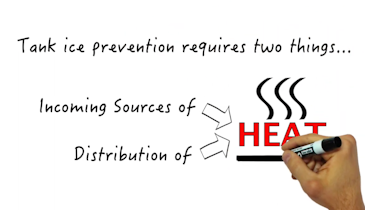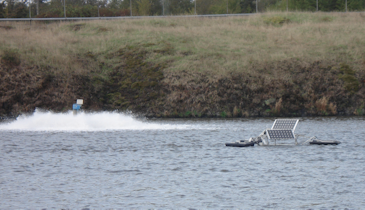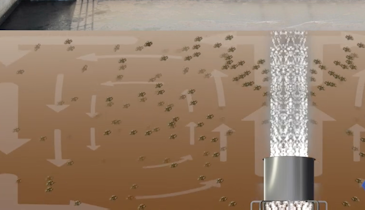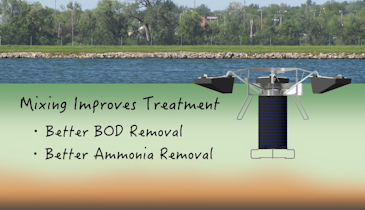
In 2005 the City of Bend, Oregon’s Water Division commissioned a new reservoir, known as Outback Reservoir #2, which functions as a clearwell. The reservoir is a welded steel above-ground tank that is 120 feet in diameter and has a maximum depth of 35.4 feet. The reservoir has a capacity of 2.9 million gallons, however typical operating depth is about 26.6 feet or approximately 2.23 million gallons. The well was designed with separate inlet and outlet pipes, which are located directly opposite each other at the bottom of the tank. There are no baffles and the disinfectant used is chlorine.
In summer conditions, the maximum inflow from surface water sources is about 7,000 gpm. Water is chlorinated just prior to inflow to the clearwell. At this flow rate, the water in the tank would optimally turn over more than four times per day. However, disinfection efficiency was unacceptably low. Thermal stratification and high flow rates were causing short-circuiting of the flow directly from inlet across the tank to the outlet. Contact times were about 30 minutes.
Several steps were undertaken to address the concerns. These were:
-
Installing a SolarBee mixer in the center of the tank between the inlet and outlet to increase contact time and break up stratification
-
A tracer study to verify the contact time with the mixer operational to ensure regulatory compliance
-
A computational fluid dynamics model of the flow conditions with and without the SolarBee mixer
For learn more about the solution and results, download the white paper.
Download White PaperVisit the Ixom Watercare Storefront





